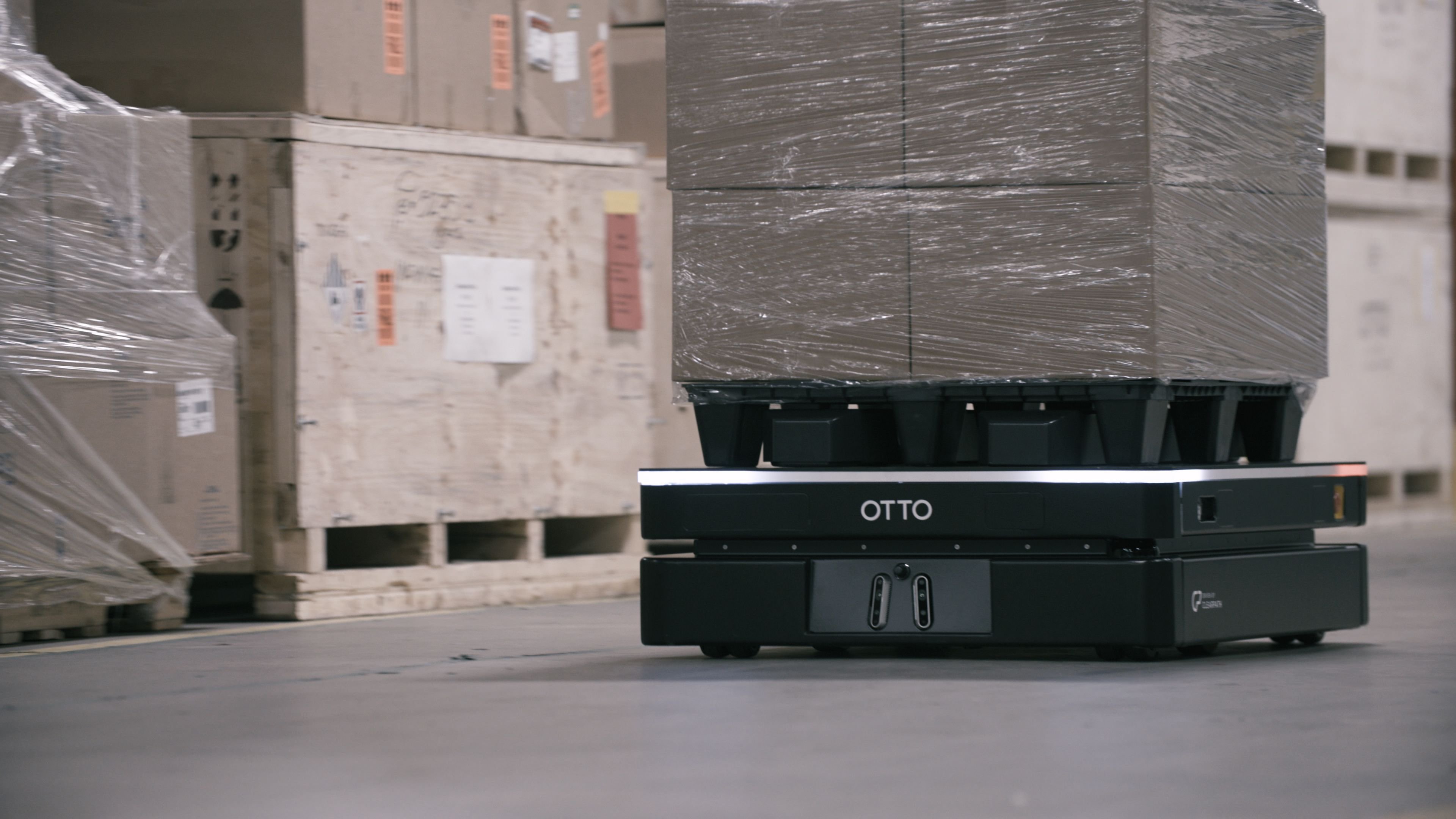The competitive edge for tier suppliers in the automotive industry is razor-thin and shrinking fast. While the workforce shortage remains top-of-mind as an ongoing, expensive constraint on growth, increasing global competition is also raising cost pressures. And while EV sales appear to be slowing, tier suppliers are still scrambling to meet demand as the powertrain evolution continues.
To manage these challenges, tier suppliers are deploying AMRs – autonomous mobile robots, for material movement on the plant floor and between production, warehouse, and shipping operations. AMRs enable tier suppliers to make exponential leaps forward in reducing costs, amplify their workforce, optimizing production, and improve safety with indoor logistics.
Shift from Automated to Autonomous Production Logistics
An AMR can look like an Automated Guided Vehicle (AGV), but that’s where the resemblance ends. An AGV works like a conveyor, moving material from point A to point B. In contrast, an AMR functions more like a material handler, with the flexibility to move wherever the fleet manager sends it.
Some key advantages of AMRs allow tier suppliers to effectively reduce costs and maximize productivity without compromising on safety:
- AGVs are pre-programmed; while AMRs have onboard intelligence to quickly choose faster, repeatable paths within the factory floor traffic rules. Onboard intelligence also enables AMRs to navigate safely alongside people on foot or operating tuggers or other material handling equipment.
- AGVs require physical infrastructure such as magnetic tape, wires, and beacons to stay on track. AMRs don’t need this infrastructure to navigate the facility.
- AGVs travel-fixed paths in a controlled space; AMRs leverage machine learning to become more efficient and accurate as they encounter new situations throughout the plant floor.
Bottom line, the shift from automated to autonomous means AMRs can more fully meet the demands of material handler roles while driving down costs.
Material Handling Use Cases for AMRs
AMRs are transforming workflows as they move materials to and from people, floors, racks, stands, and between islands of automation. Some of the most effective use cases include moving materials along the production line (work in progress), automating lineside delivery, and automating the movement of non-conveyable materials. With AMRs, facilities are replacing manual or unsafe material handling processes with a high-value alternative.
OTTO: Proven AMR Solution for Tier Suppliers
OTTO by Rockwell Automation is quickly becoming one of the largest indoor logistics operators in the world. OTTO enables tier suppliers to build their autonomous workforce with AMRs that are well-suited to their jobs in terms of payload capacity, travel speed, and footprint. OTTO AMRs complete more than 400,000 monthly deliveries in production facilities ranging from automotive to aerospace to consumer goods.

